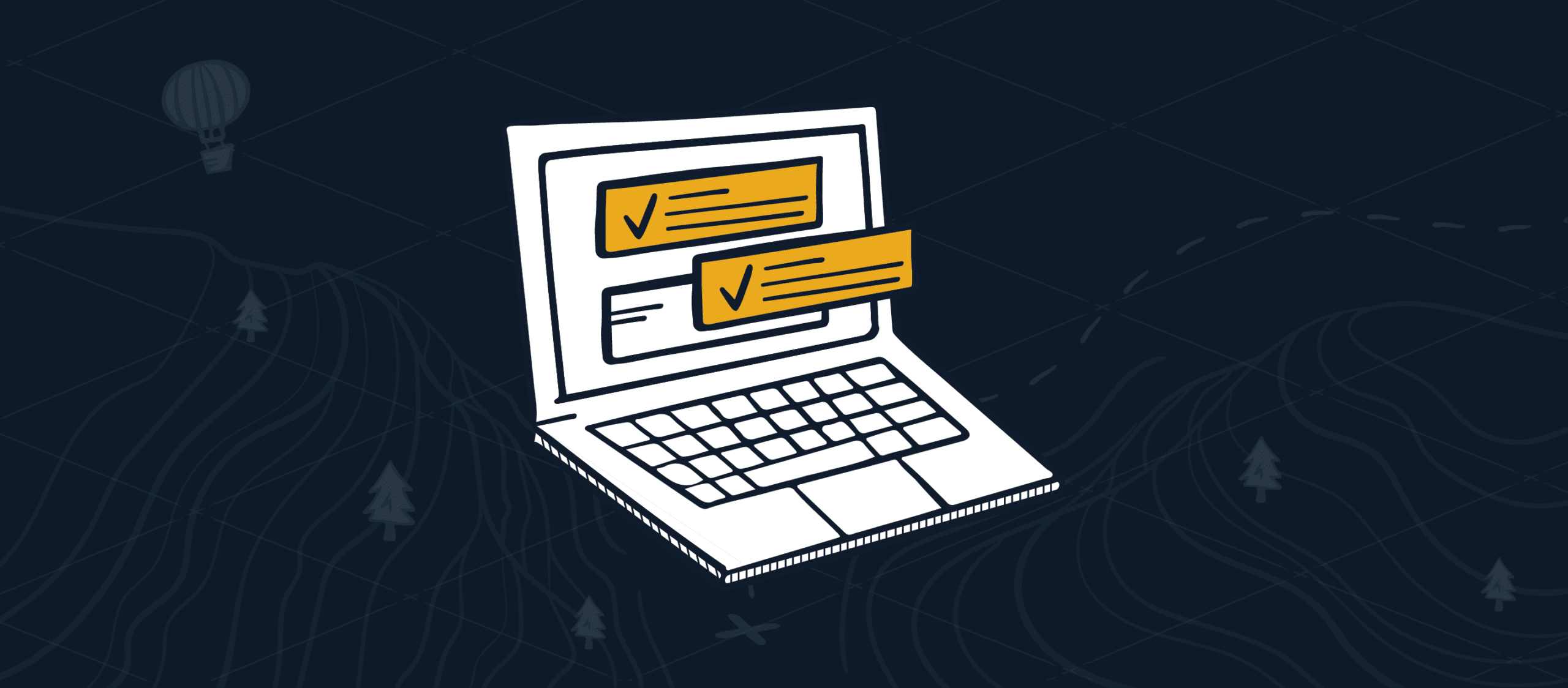
Compliance isn’t about passing a few audits and never thinking about it again. Quite the opposite — it’s a culture you must instill across your MSP and with your clients.
In this article, you will learn:
Building a strong internal culture is one of the hallmarks of long-term viability and success in business. But that doesn’t just apply to general workplace culture. It extends to individual aspects of the business, interpersonal relationships, and even security.
That last one, security culture, is the line of defense employees represent as they conduct their work. It includes the processes, procedures, complaince tools, and behavior they use in the regular day-to-day operation of the workplace.
MSPs working with clients to implement security compliance tools often have to help them build a culture of compliance. Those compliance tools let them take action on the plans they build to achieve their goals.
Without a culture of security, these businesses’ potential vulnerabilities and risks will be even more severe. The majority of data breaches are the result of employee errors. Data breaches will only be a matter of time, and the consequences could be disastrous for organizations that don’t educate employees on security best practices. Companies have seen reputation damage, legal repercussions, loss of contracts, and fines for data security breaches.
A good security culture is built on a solid foundation. That foundation is a security compliance framework, like SOC 2, ISO 27001, or any industry-specific standard that may apply. Even voluntary frameworks, such as NIST CSF 2.0, provide a baseline security culture that further protects organizations from breaches caused by employees.
By complying with a security framework and implementing compliance tools, your business will have guidelines and resources to outline the best practices and behavior of the team.
But what are some of the most important ways MSPs can build a culture of security with clients?
Starting with your client’s leadership is a great way to set the standard for the new processes they need. Collaborating with leadership helps to bring them into the planning and execution of making changes across the business, empowering them with information for initializing a security culture.
Your MSP can explain the long and short-term benefits of making small behavior and procedure changes to their organization. Once they see that, leadership can view it as a part of the overall business strategy with an understanding of the goal they want to achieve.
With the buy-in of your client’s leadership, MSPs can work with the organization to train the staff to implement the procedures and controls necessary to achieve compliance with a standard like SOC 2, or government regulation like the medical privacy act HIPAA.
Working directly with staff allows the MSP to learn their needs and implement any new standards without impeding work, confusing employees, or slowing down existing processes.
Creating a culture of compliance doesn’t stop at implementing new security controls. It’s an ongoing journey that requires monitoring, maintenance, and development. MSPs and their clients need to keep up with implementing new standards and practices established by regulatory bodies. Moreover, as their client’s businesses evolve, MSPs need to ensure compliance best practices are implemented through various organizational changes.
The benefit of managing a client over time is that MSPs can see what is working and what isn’t and adjust accordingly.
Fundamentally, all preceding points help build trust between the MSP and the client. Trust is one of the most important factors in continued success in nearly every aspect of the MSP business.
Compliance is the backbone of trust. MSPs become more than contracted IT-managed service providers by working with client leadership and helping them plan and execute their compliance programs. They become a trusted partner to clients who consider their work an integral part of their business.
That trust is how MSPs get buy-in for implementing compliance standards and building that culture of compliance. A good client-MSP relationship is how you can maintain long-running contracts and secure stable revenue for your MSP over time.
Getting started on the compliance journey can be complicated if you aren’t equipped with the right tools.
That’s why many MSPs are using ControlMap as their cybersecurity management platform. By monitoring data across major integrations, ControlMap provides MSPs with the tools to start offering compliance as a service (CaaS), helping their clients achieve and maintain compliance. Ultimately, this helps MSPs win new business and provides clients with a partner to guide them through the cybersecurity compliance journey.
Learn more about ControlMap’s features and watch our product demo today!